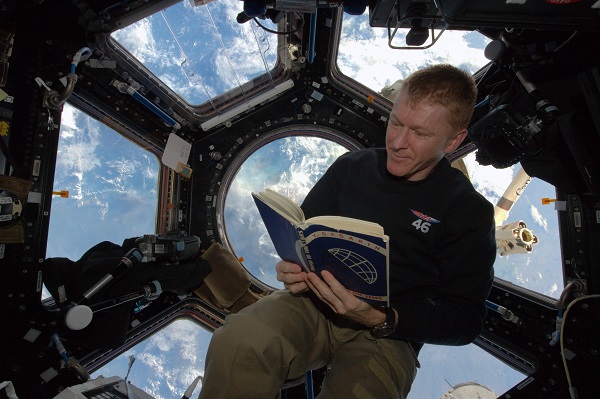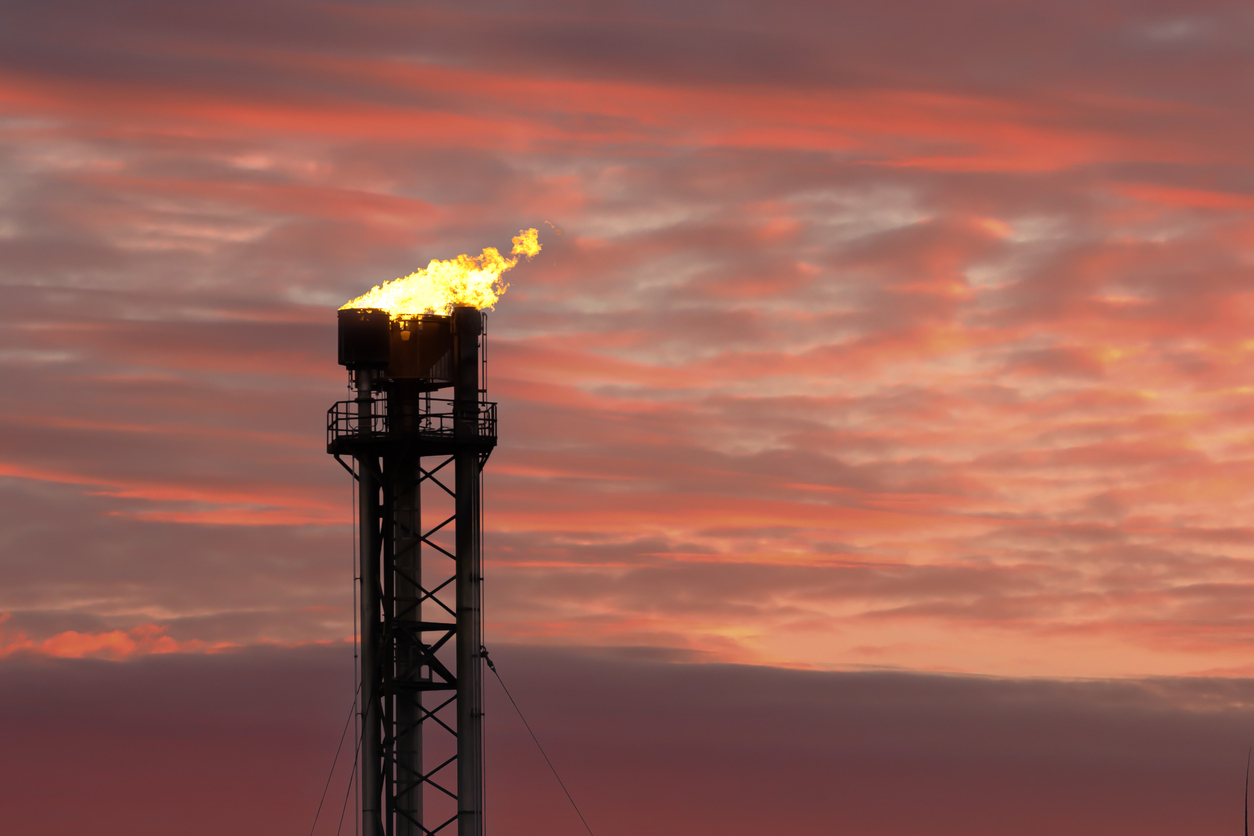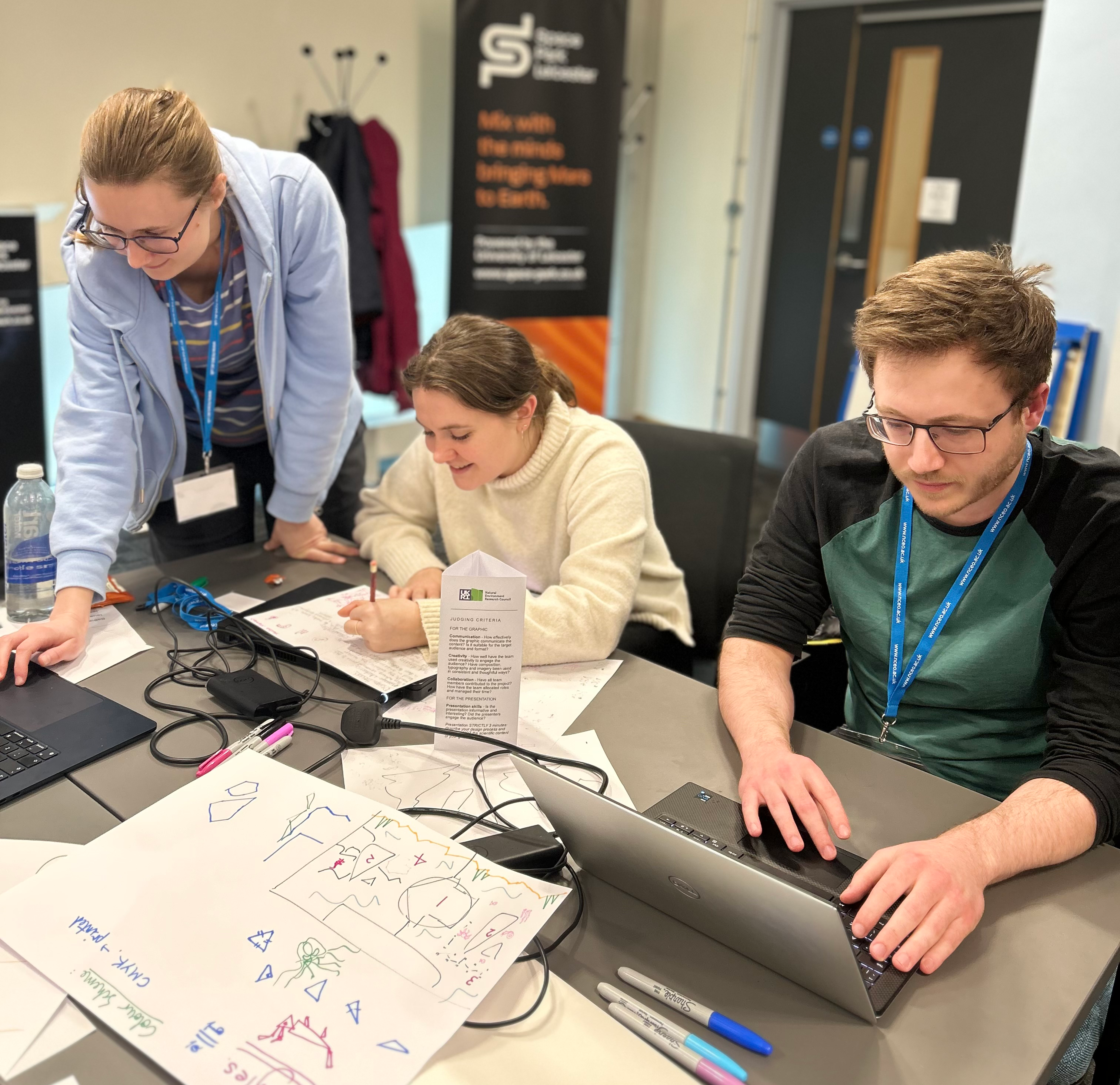
EO Detective
Earth Observation (EO) scientists collect information about the Earth, the land, the sea and the atmosphere using sensors carried on satellites, aircrafts, ships, buoys in the ocean, and thousands of weather stations around the world. The data collected allows scientists to uncover new ways to study our planet and make predictions about future climates.
In December 2015, Tim Peake became the first British ESA astronaut to fly to the International Space Station (ISS). The UK Space Agency wanted to use this mission – known as Principia – to encourage children to engage with STEM subjects and to raise awareness of careers within the space industry. NCEO created EO Detective in response to this call with additional funding from NERC.
The EO Detective classroom activities demonstrate how satellites, including the ISS, provide unique places from which people can monitor the Earth. The resources introduce primary and secondary school students to Earth observation by providing teachers with lesson plans covering core curriculum themes that make use of astronaut photographs of Earth and satellite data.

EO Detective activities are designed to help develop key skills in:
- Identify the differences between remote sensing and photography
- Understanding how weather predictions are made
- Using satellite data to explore changes to the Earth over time and considering the best way to examine a particular landscape
- Applying curriculum content to real-life research
You can find out more about the individual EO Detective activities on our Resources pages.

Search datasets and tools
NCEO produces various datasets related to climate change, including measurements of greenhouse gases, atmospheric composition, land surface changes and ocean health. These datasets are valuable for understanding the dynamics of climate change on a global scale and informing policies and actions to address it.







